It’s back. The conversation about the value of cursive writing in an elementary school education has returned, but after 30 years in education my opinion has not changed. Here at Peck, we believe that cursive offers numerous benefits to our students.
Often these debates start with the academic, research-based benefits—how it helps with brain development, fine motor skills, and learning and memory growth. I’ll get to that in a minute. But first I’d like to start with the children themselves, because, well, they are why we are here. And by all accounts, they love it.
Cursive is introduced in second grade. In the fall, teachers focus on posture, grip, and strokes, starting with lowercase letters. From January up to March Break, upper case letters are practiced. And when students return from break, they are ready to fully begin using cursive.
When I check in with the students at report card time, I ask each one what they are enjoying most, and almost all of the second graders tell me that cursive is a highlight. For them, it’s a milestone. Much like getting lockers and sports uniforms in third grade, learning cursive is a sign of their growth and they are proud to be at this stage.
Second Grade Teacher Erin Ceder agrees: “The students’ enthusiastically commit to learning cursive and put their best selves into it. Most children include it in their list of annual goals and it’s one of the curricular aspects children are most excited about learning when they start the year.”
For the students, it’s also a lot of fun and makes writing easier. Jane Attah, who also teaches second grade, says “the students love the flow of letters gliding into one another, and students who tend to be sloppy with print are super organized when writing in cursive.”
And while the students are happy, the parents seem to be as well. In spite of the ongoing debate about the merits of cursive writing, I am never questioned about it. Maybe it’s just the supportive nature of our community, but I believe that everyone appreciates that cursive is a valued part of our curriculum. And maybe they’ve read the research and understand the benefits, which are numerous:
- Cursive activates the brain in ways that typing does not. It improves spelling, reinforces left-to-right reading, and integrates the visual with subject matter.
- Using cursive improves memory and recall. Active engagement with any subject content while writing reinforces the material. Mrs. Attah has told me “cursive allows students to focus and be more attentive to what they are writing.”
- It improves fine motor skills, hand-eye coordination, and dexterity. It’s almost like another form of art. Additionally, some students who struggle with printing find cursive easier, faster, and smoother because of the continuous motion. Mrs. Ceder sees how cursive “helps with neatness, visual perception in terms of placement on the page, and differentiating between capital and lowercase letters.”
While Lower School students write in cursive through third and fourth grades, we realize that when they enter the Upper School in fifth grade they will begin using laptops more frequently and possibly return to printed writing for their work.
Cursive connects students with generations of students who came before them, including their parents and grandparents. It develops the brain, reinforces memory, and provides another avenue for us, as educators, to excite our young students in the most basic and important thing we are here to do: engage them in the love of discovery and learning.





